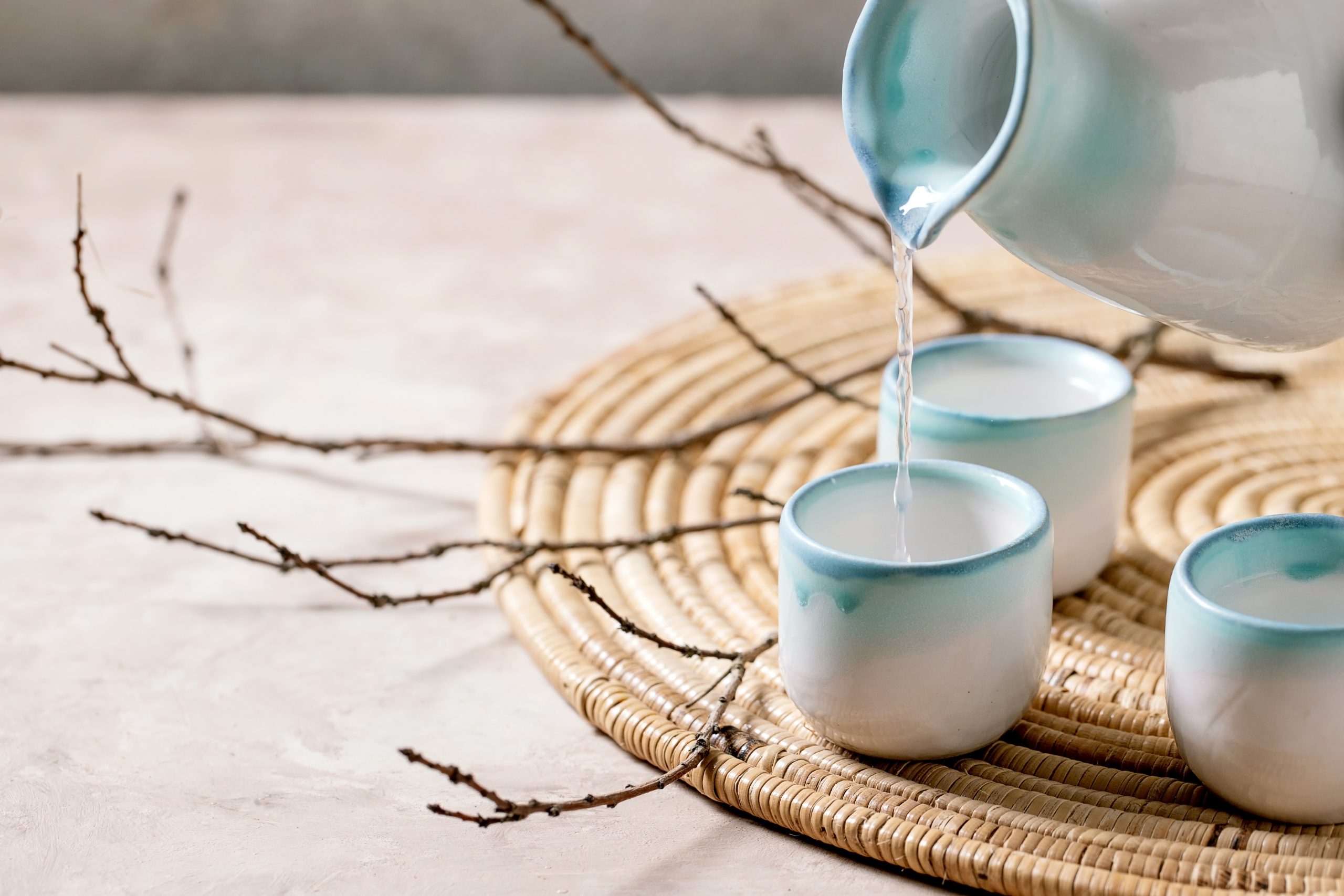This website uses cookies so that we can provide you with the best user experience possible. Cookie information is stored in your browser and performs functions such as recognising you when you return to our website and helping our team to understand which sections of the website you find most interesting and useful.
German market acquires a taste for expensive, kimoto-made sake
Japanese sake producers favouring the labour-intensive ‘kimoto’ technique have found a loyal following in Germany.

The ancient ‘kimoto’ sake-making method may take longer, be more labour-intensive and push up the retail price of the final product, but experts say it produces the purist quality sake of all.
And even though kimoto sake accounts for just a small fraction of Japan’s total annual sake production, it is finding a firm following overseas, particularly in Germany, where diners find it pairs perfectly with German cuisine.
Using the kimoto technique involves repeated mixing of the rice mash using long wooden paddles to bring out the strongest yeasts. The process takes around 30 days end-to-end. The approach dates back to the year 1700 and today, only around 1,000 sake producers in Japan are said to use the technique.
Contrastingly, modern sake-making techniques tends to use industrially produced lactic acid that speeds up the process, meaning the liquid is ready for bottling within 20 days.
Susanne Rost-Aoki, who founded the Sake Kontor shop in Berlin, told German broadcaster DW that traditional, ultra-premium sake works especially well with German food.
“The kimoto technique generally produces more acidity and amino acids and, for the palate of the average person in Germany, that is very good as it fits the desire for tastes and flavours that are a bit stronger than non-kimoto sake,” she told DW.
“A sake that is richer in acidity and amino-acidity fits perfectly with traditional German food, like cheese and meat, even sausages”.
The average sake consumer in Germany is aged 30 or older and is happy to shell out around €30 for a bottle, Rost-Aoki said.
Germany is currently the third-largest market in Europe, behind the UK and France.
Related news
Sake masterclasses reveal surprising similarities with Sherry

